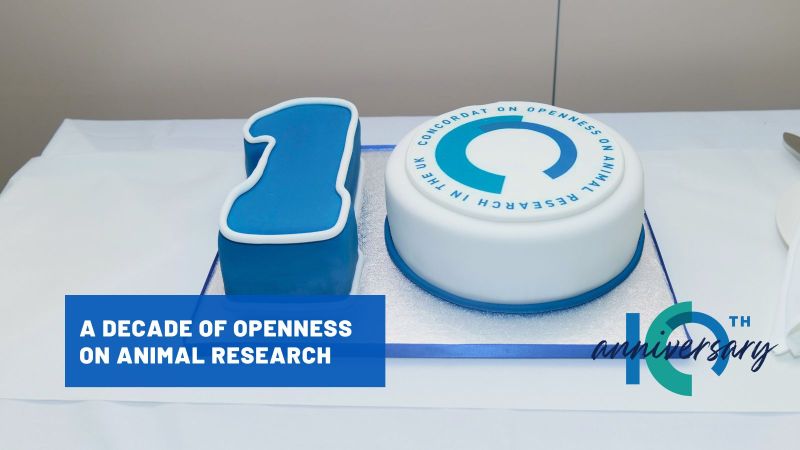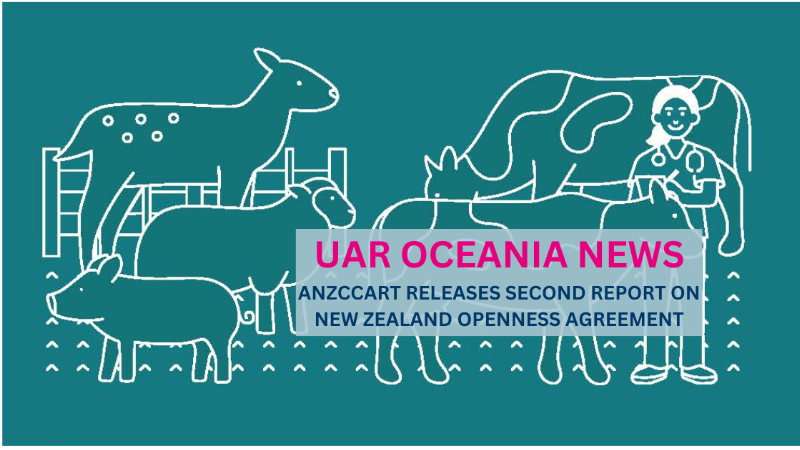 In 1870, infant death rates reached their peak, with almost one in four babies dying at birth. This appalling level triggered the first attempts to use incubators to help premature babies. Among the health problems suffered by premature babies, about half born before 32 weeks develop respiratory problems. Two developments that came out of animal research have had a great impact on improving survival rates.
In 1870, infant death rates reached their peak, with almost one in four babies dying at birth. This appalling level triggered the first attempts to use incubators to help premature babies. Among the health problems suffered by premature babies, about half born before 32 weeks develop respiratory problems. Two developments that came out of animal research have had a great impact on improving survival rates.
Incubators
Inspired the by poultry incubators, early human versions cut death rates by more than half in infants weighing less than 2 kg. Nowadays, two thirds babies born at 25 weeks in England survive.
Incubators have brought great strides to preterm infants' survival, but there is scope for further improvement - for example, to make them quieter. Research in rats, mice, gerbils, guinea pigs, and kittens has shown that young animals, whether preterm or full term, are more susceptible to noise-induced hearing loss.
As preterm infants in intensive care units are 10 times more likely to suffer hearing loss, this sparked interest in whether the relatively high noise levels found in current incubators might contribute to the problem. Animal experiments suggest it does. Rat pups, for example, are particularly sensitive to noise exposure in the first 22 days of life.
Surfactants
Poor lung development is one of the main factors that limits the survival of very premature infants. In the late 1950s, researchers realised that babies who died of respiratory distress syndrome (RDS) lacked soap-like substances, called surfactants, which lubricate the surface of their lungs thereby allowing them to easily inflate and deflate.
A decade later, rabbit pups were the first preterm mammals successfully treated with replacement surfactants, using a mixture made from adult rabbit lungs. It was not until the 1980s that the first human babies benefited from surfactant treatment. This time it was made from cows. Now synthetic surfactants, developed in the UK, are available.
Corticosteroids
A New Zealand obstetrician studying the onset of labour in sheep made another discovery that was to significantly improve the outlook for premature infants. Graham Liggins observed that premature lambs given an injection of a corticosteroid had unexpectedly mature lungs.
Within three years, Liggins demonstrated similar benefits in women experiencing preterm labour. More recent research has confirmed that antenatal treatment with corticosteroids reduces infant mortality and RDS.
IMAGE©ISTOCKPHOTO.COM/JAQY




